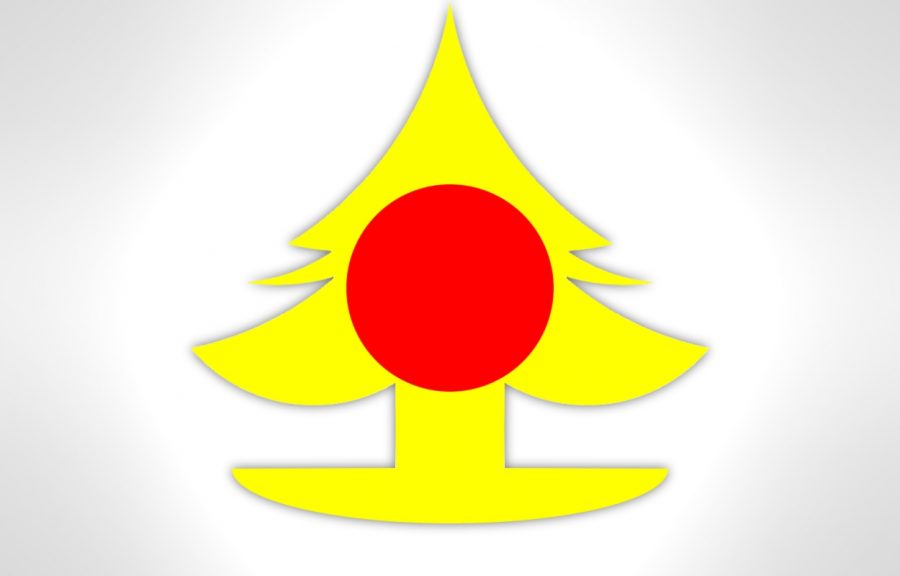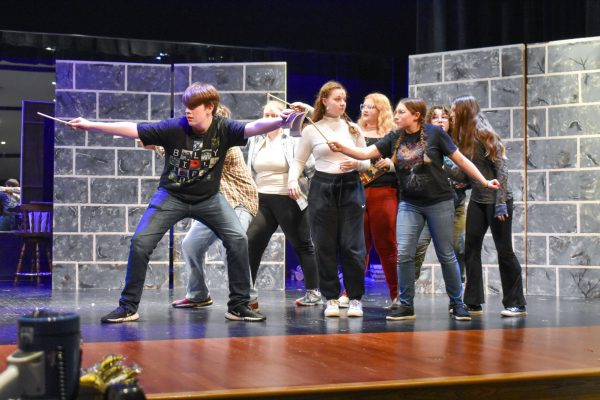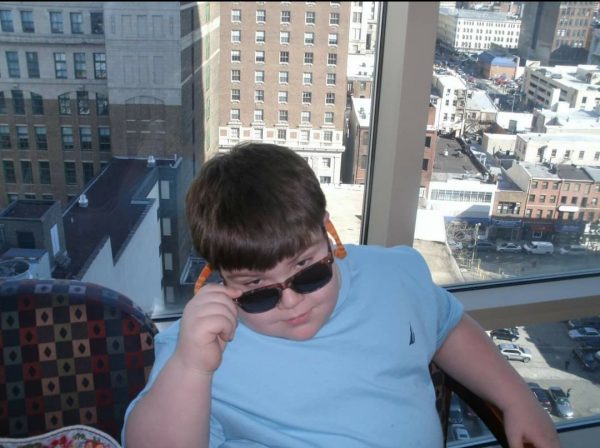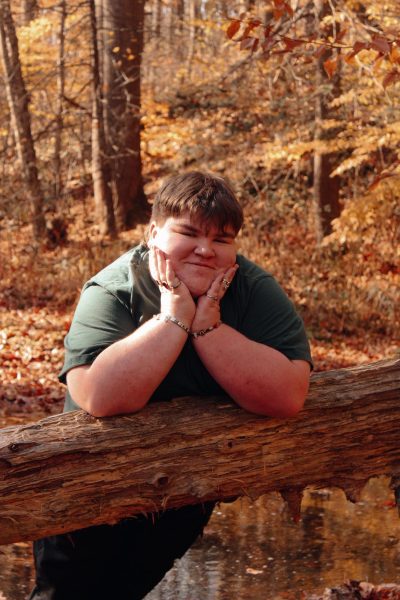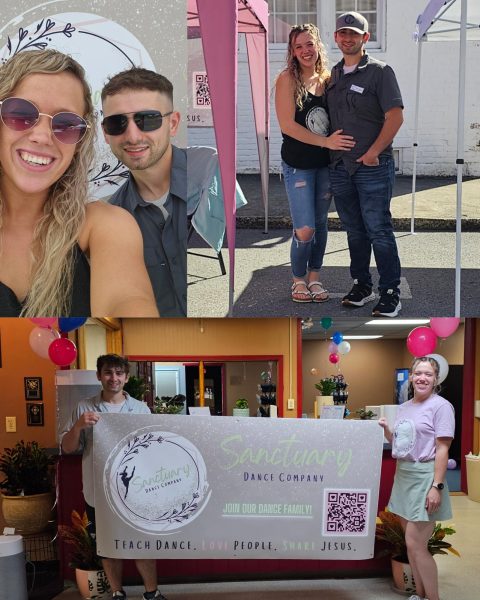Seasons Greetings from Japan
The Story of Christmas in the Land of the Rising Sun
With the holiday rush in full swing, it’s hard to make time for relaxation. When taking a step back from the Christmas chaos, people may begin to think about how to escape the craziness. Why not run off to Japan? It wouldn’t seem like a candidate for causing holiday insanity, but as it would stand, they’ve even got their own Christmas traditions, too.
Buddhist monks, Kentucky Fried Chicken, and fantastic light shows are all great things, but aren’t quite the “merriment and Christmas traditions” most households have in mind.
In Japan, only about 1% of the entire population is Christian, so the practice had not been an established holiday for very long. According to Muza-chan, it was not until 1552 when Christmas was first practiced. At that point, Christmas was practiced very traditionally, but with slight alterations to the ornaments on their trees adapting to Japanese culture.
By 1635, Muza-chan notes, the practice had been banned by Japanese authority under the Sudoku Edict, a ban placed against all things Christian.
In 1875, Christmas time made a non-religious resurgence thanks to yuletide stories like Santakuro, which taught children of Santa Claus, and his jolly gift-giving nature. According to Muza-chan, other tales of Old Chris Cringle depicted him as a brave samurai and even the monk god of contentment, Hotei.
Over time, Hotei evolved into Hoteiosho, the Japanese Santa Claus. He is described as a jolly and round monk, who gives presents to children who have been good that year. It is also said that Hoteiosho has eyes on the back of his head, making him able to see if the children have been bad or good.
Now, Christmas in Japan is bigger than ever, although many of the traditions practiced in the U.S. don’t fly overseas.
To start, Christmas is seen as a couple’s holiday, much like Valentine’s Day, and is often celebrated by young partners and newlyweds as a day to appreciate having each other. Couples commonly give each other gifts and go on dates to celebrate the season of cheer.
As for children and parents, the holiday is more similar to Christmas in the U.S. than for couples. In Japan, the holiday is spent at home with family, everyone opens presents from under the tree. Often times friends and extended family will visit for Christmas dinner.
Christmas dinner in Japan does not include the traditional prime cuts of roasted ham, beef, goose, or turkey. There are no pies, plum puddings, or Christmas cookies, either. Instead, approximately 3.6 million people flock to KFC, according to Eric Barton’s article for the BBC. The rush is so great that many people order weeks in advance to avoid waiting in line for hours.
KFC for Christmas started off as a discount party barrel as well as Colonel Sanders dressed as Colonel Santa, but over time it changed into a family-sized package of fried chicken, wine, and cakes. For extra fees, the meal can be upgraded to a premium edition, with an entire roast chicken and sides.
Aside from Christmas dinner, many holiday-themed treats and collectibles are made just for the season of giving.
The most common treats are Christmas cakes; small sponge cakes decorated with candy scenes of Santa Claus. The cakes are decorated in a similar manner to gingerbread houses and are put on display like gingerbread houses like them as well.
Other Christmas treats include seasonal mochi: small rolls of semi-firm bean paste that are sweetened and powdered then decorated to look like Santa Claus and other mascots. Thematic bento boxes are organized meals that usually consist of sushi, sashimi, tempura, rice, and soy sauce. During the holidays, many bento boxes are made to look like Christmas trees as well as other symbols of the holidays.
There are also many practices taken to spread merriment, but the biggest of all are illuminations, massive light shows that are synchronized and worked on for months prior.
The largest of the illuminations is in the Tokyo Skytree Town, which has the tallest Christmas tree in the world. The illuminations last from Dec 1 to Dec 25.
From monks to light shows, Christmas in Japan is as unique and chaotic as Christmas in the US. Still yet, many people partake in the merriment and cheer of the season, in one way or another.



